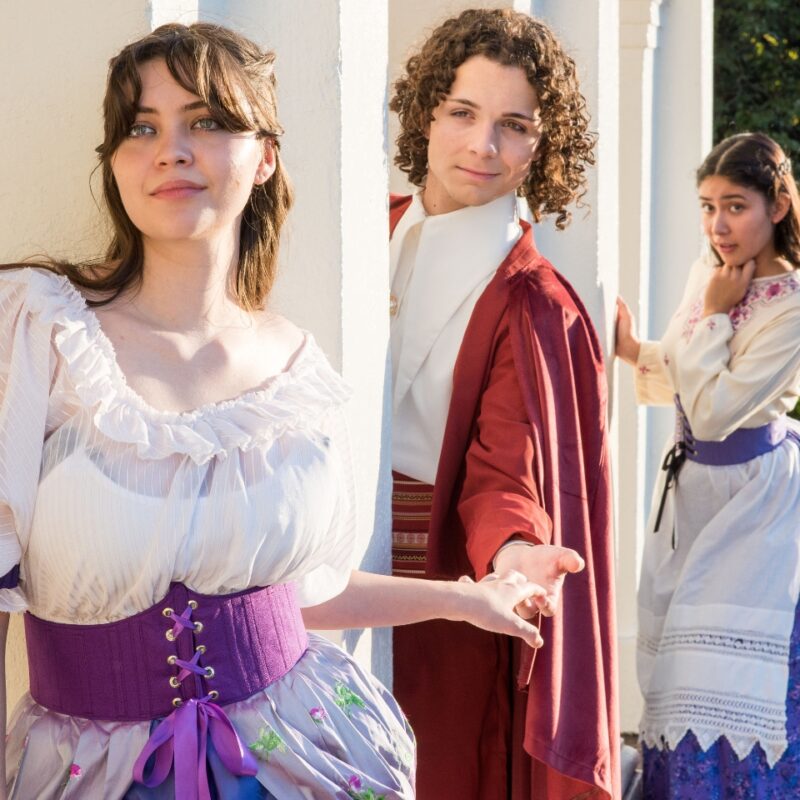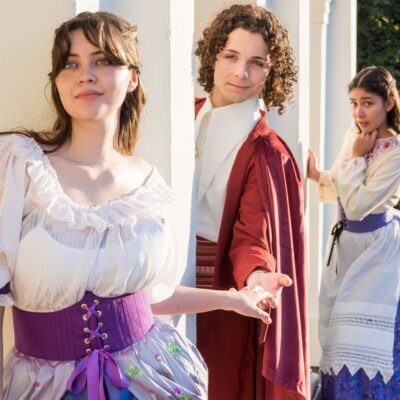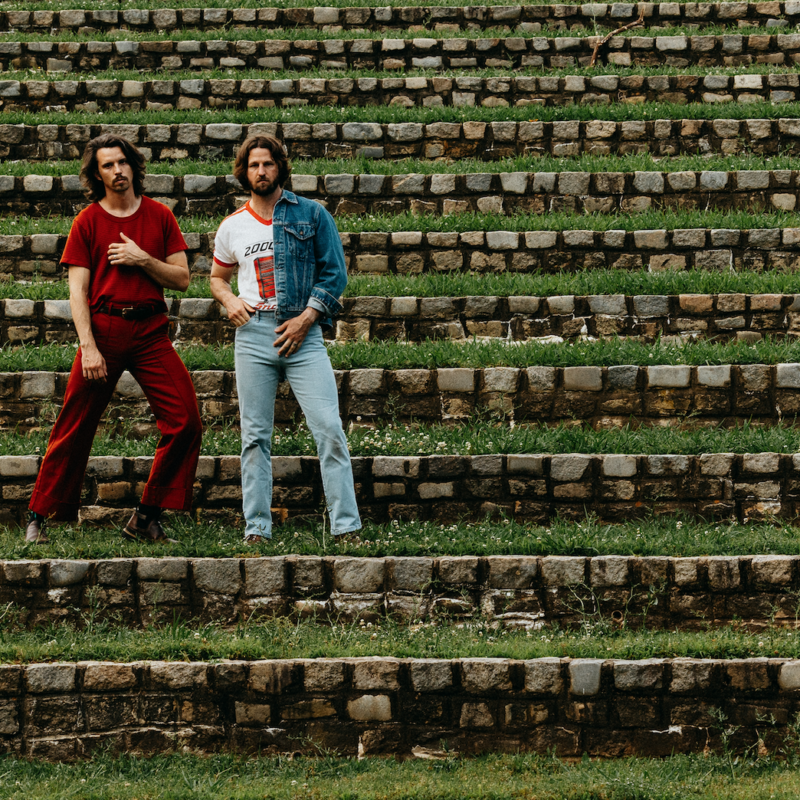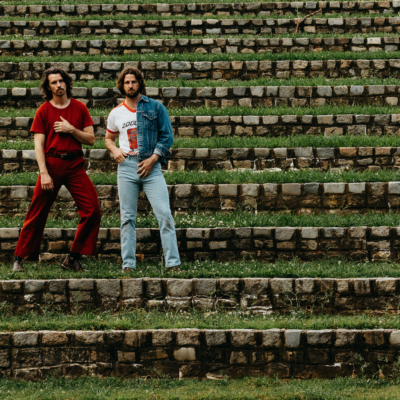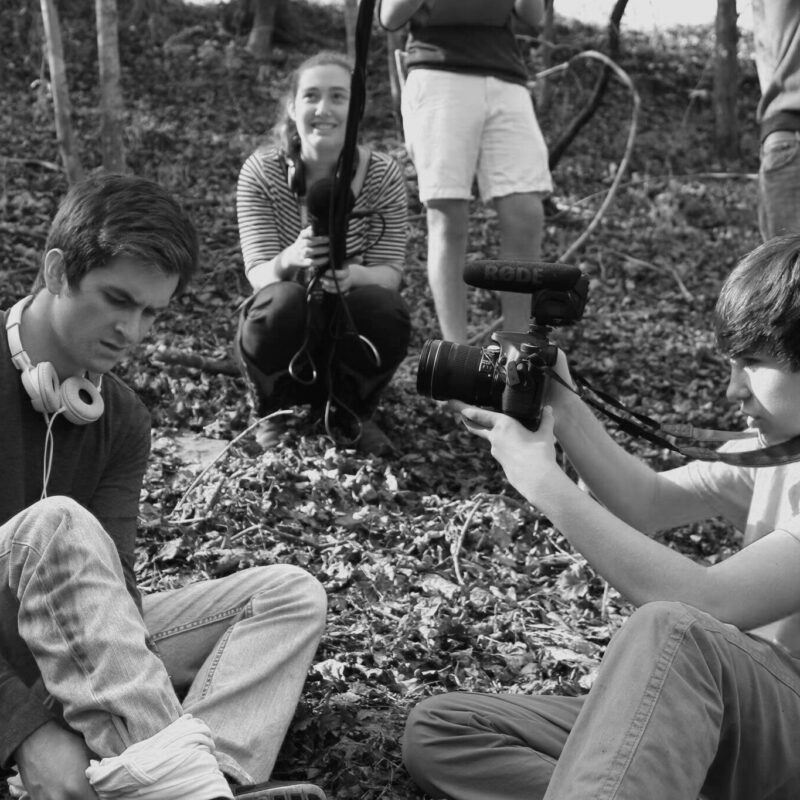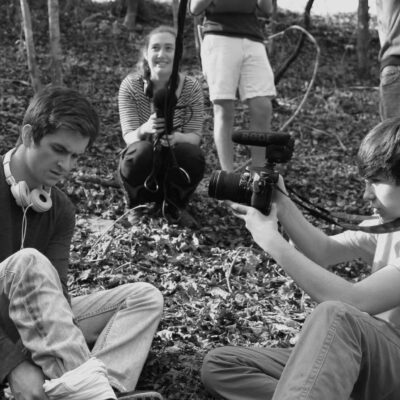Though he comes from a long line of ranchers, Matt Kleberg was always that doodle-y kid who wanted to be an artist.
That’s right: His genetic fate cast him as an honest-to-God cowboy, and he took up painting instead.
“My family is all from south, south Texas, like a cattle ranch in south Texas,” Kleberg says. “My father worked as a cowboy until he was about 30, and then he went into investments. I think I was 13 when my mom gave me painting lessons from a painter in Fort Worth, Texas, where I grew up. That became, more or less, an apprenticeship.”
When Kleberg was older, he would get out of school, go to sports practice, do a little bit of homework and then drive straight to his instructor’s studio. He was basically nocturnal, and he wouldn’t get to the studio until 7pm. He would paint all night, and then he’d leave sometime in the morning, and go home and go to sleep, so it was perfect for a highschooler who had 1,000 things going on. “I would finish all my stuff for the day and go to the studio, and I’d paint from 8 to 4 in the morning. I loved it.”
In 2004, he moved to Virginia, where he received his bachelor of arts in painting from the University of Virginia. Then he moved to New York, got his M.F.A. from the Pratt Institute and began exhibiting his work at galleries around the country.
His latest show, “Coming Close,” hangs at Welcome Gallery as part of New City Arts’ Charlottesville alumni initiative, which showcases once-local artists who remain woven into this community of peers, mentors, patrons and friends.
His large oil paintings feature thick, candy-colored stripes and geometrical shapes that evoke a platform, stage or shadow box-style absence in the center of the frame.
In one, a lemon-striped curtain hangs suspended above a double archway, the suggestion of a dais standing empty. Bold vertical and horizontal stripes give the impression of a Technicolor circus tent or prismatic window frames. The absence of people propels the work toward the abstract.
“The color is a way for me to set up rhythm, to construct architectural spaces but also confuse them a little bit,” he says. “I like the idea of the colors vibrating and flickering.”
At the most basic level, he considers them “real spaces, real stages, where the actor is not present,” he says. “I’ve always been a figurative painter. My figures were always these kind of frontal, central, iconographic figures—you know human, or animal, or other, something that’s recognizable. Through a long evolution in the work, that figure, that kind of recognizable actor got plucked out, and the middle space became the subject of the paintings.”
As Kleberg writes in his artist’s statement, these stages or altars are “sites for potential events that frame aura and situate action. Something is supposed to happen.”
In short, he’s a figurative artist without any figures in his paintings.
“I think a lot about the body in the paintings, and how the paintings act as objects, so they don’t have a figure in them, but they are a thing. I want them to feel physical, and I want them to feel like something you could be in a room with and have a conversation with.”
Most artists set the expectations that we, the viewers, bring ourselves to the experience of the work. Kleberg forces our hand. In the vacuum of concrete subject matter, we can’t help but project ourselves into the space.
It’s a mirroring-without-mirrors effect, one that allows us to cast the fantasy of our present (bad moods, warts, imagined high glamour) into the space.
Though he readily admits he’s a young artist trying to find his way of working, he sees the same thread of authenticity between his older and newer work.
“The impetus with the portraiture was a sense of iconography, of putting people in an honored space,” he says. He describes his attempt at brutal honesty in one of his favorites, a picture of UVA professor and friend Ernest Mead.
“In his portrait, he’s in his 80s, and he’s old as hell,” says Kleberg. “He’s got a cataract over one eye. The portrait is kind of glorious, but he’s also falling apart. That was kind of the experience of him as a person. Even as his body, and his balance and his eyesight was failing him, he was still this amazing person.”
After Kleberg graduated from UVA, his style shifted from portraiture to iconic cowboy paintings, many based on an old photo album of his father’s.
“The painting would look, more or less, photographic—not photorealistic, still painterly—but the figure would be painted out, or there was some kind of graphic interruption.” He grew up hearing old family stories and seeing photos but still felt disconnected. Painting became his way of owning them.
“It was me kind of figuring out where do I fit in this family lineage. Generations and generations of my ancestors have all been cattlemen, literal cowboys, and here I am this painter in Virginia, and then New York, trying to find where I fit in that narrative,” he says.
In an alternate universe, Kleberg would be a cowboy, watching a herd of cattle roam across a dusty plain in Texas. Instead, he works as an artist’s assistant, dabbles in rooftop landscaping and spends five days a week in his studio creating images of absence. When he thinks of the sum of his choices so far, does he thrill with anticipation, think back in mute sadness or something else?
“My great-great-great-grandfather left New York as a stowaway on a steamboat, and he became a steamboat captain. He made his way down to south Texas, he saw some land, and he bought it. He put some cows on it and started this ranch. I think that a family value is taking risks and trying to build something yourself,” he says. “That can be hard in a family where there’s a lot of precedent, but I watched my dad do it. He left the ranch to go do something different, and I feel like making your life as an artist requires a similar spirit.”
